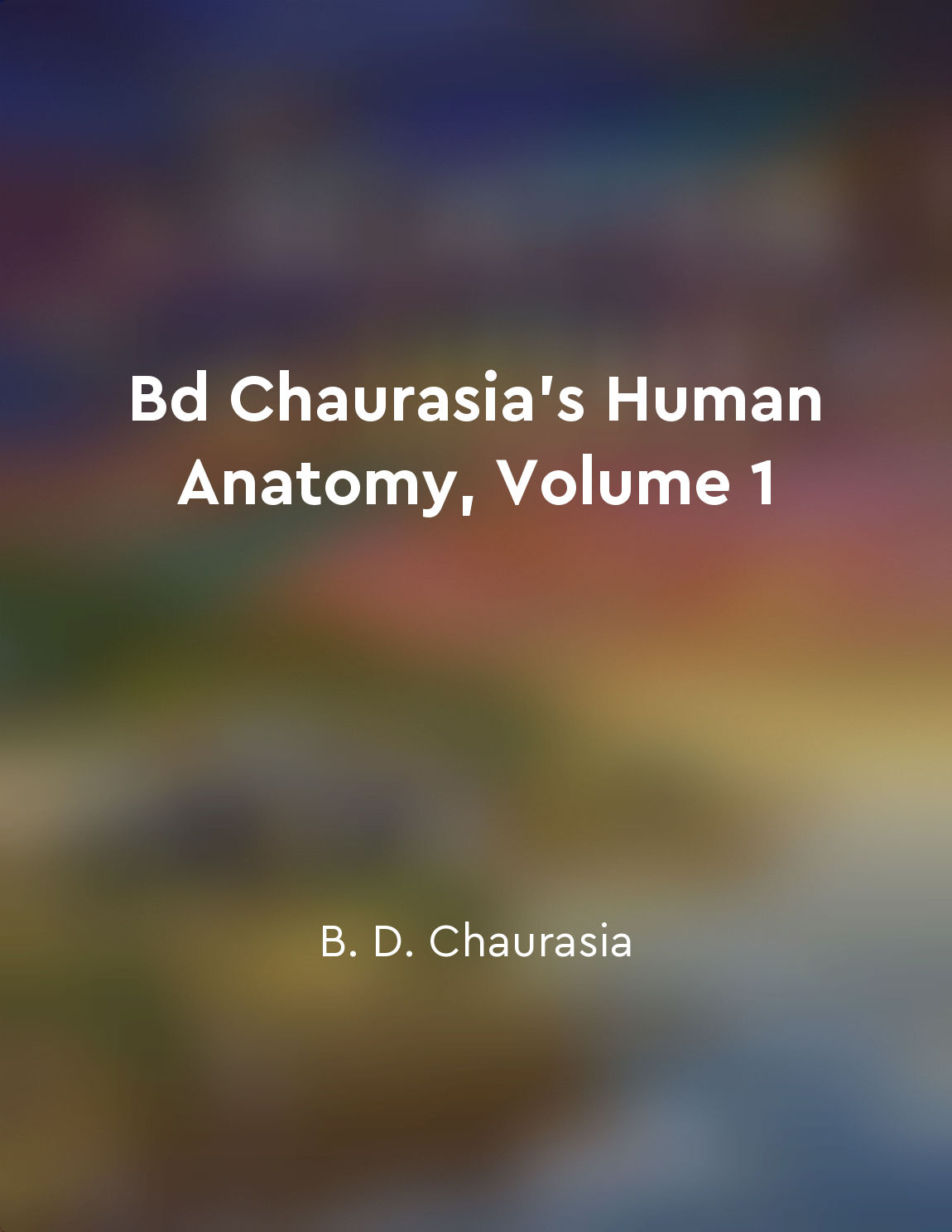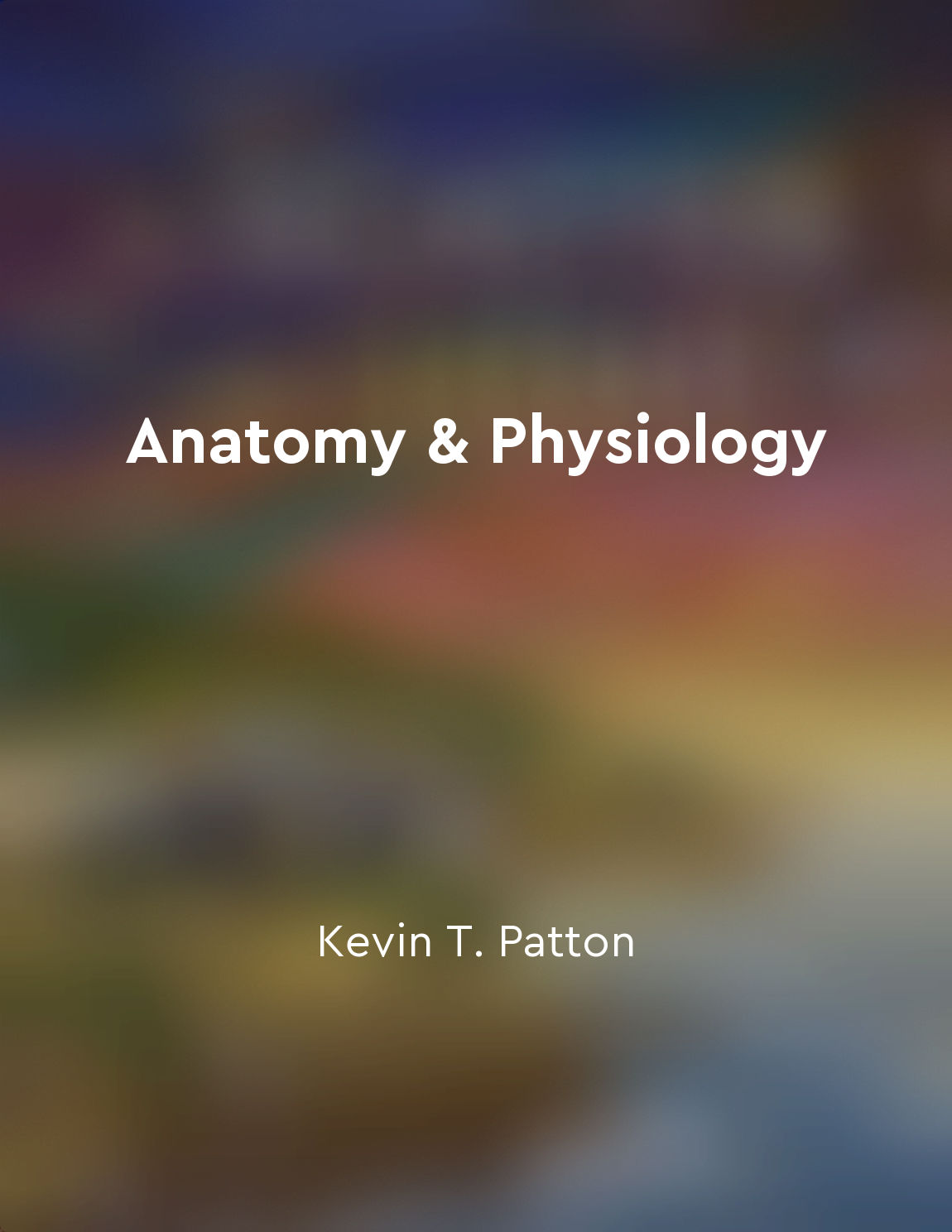Joints of thorax from "summary" of Bd Chaurasia's Human Anatomy, Volume 1 by B. D. Chaurasia
The thorax is the part of the trunk between the neck and the abdomen. It is bounded by the sternum in front, the vertebral column behind, and the ribs at the sides. The thorax contains the vital organs of respiration and circulation, namely the heart and lungs. The thoracic cage is formed by the sternum, ribs, and thoracic vertebrae. These bones are held together by joints, which allow for movement and flexibility in the thoracic region. The joints of the thorax include the sternocostal joints, costochondral joints, and interchondral joints. The sternocostal joints are the articulations between the ribs and the sternum. There are seven true ribs that articulate directly with the sternum via costal cartilages. The first rib has a synarthrosis joint with the sternum, while the second to seventh ribs have synovial joints with the sternum. The costochondral joints are the connections between the ribs and their costal cartilages. The anterior ends of the ribs articulate with the costal cartilages, providing flexibility to the thoracic cage during respiration. The costochondral joints are hyaline cartilage joints that allow for slight movement, particularly during deep breathing. The interchondral joints are the connections between the costal cartilages of the ribs. These joints allow for slight movement and flexibility in the anterior thoracic cage. The lower ribs (eighth to tenth) articulate with the costal cartilages of the ribs above them, forming the interchondral joints.- The joints of the thorax play a crucial role in allowing for movement and flexibility in the thoracic region. They permit the expansion and contraction of the thoracic cage during respiration, facilitating the intake and expulsion of air by the lungs. Understanding the anatomy and function of these joints is essential for comprehending the mechanics of breathing and the overall structure of the thorax.
Similar Posts

Human biology is shaped by both genetic and environmental factors
Human biology is a complex interplay between genetic and environmental influences. Our genetic makeup, inherited from our paren...

Competition for resources
In the struggle for existence, resources are limited, and organisms must compete for these resources in order to survive and re...
Cognitive biases can affect decisionmaking
Cognitive biases refer to the systematic errors in thinking that can affect our decision-making process. These biases are a res...
The process of evolution is driven by natural selection
Natural selection is a key concept in the process of evolution. It refers to the mechanism by which certain traits within a pop...
Chronic mouth breathing can lead to a host of health issues
When we breathe through our mouths, we bypass the natural filtration system that our noses provide. By doing so, we allow harmf...

Muscles of thorax
The muscles of the thorax are classified into two groups: muscles of the thoracic wall and muscles of the respiratory diaphragm...

Lymph nodes filter harmful substances from the lymphatic fluid
Lymph nodes are small, bean-shaped structures that play a crucial role in the immune system. They act as filters, helping to re...

